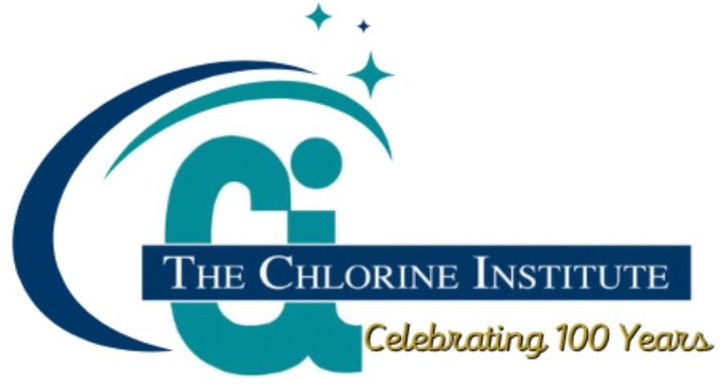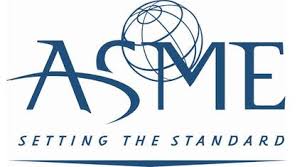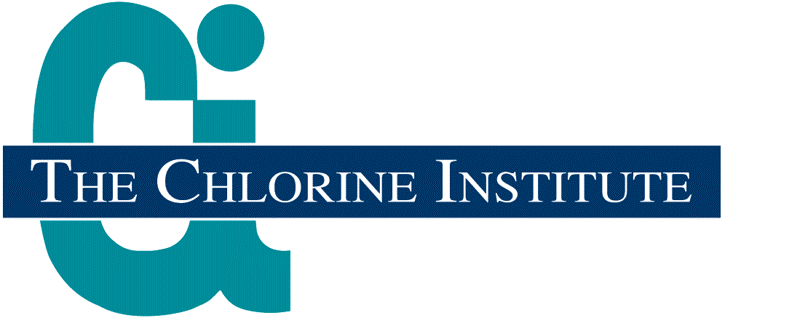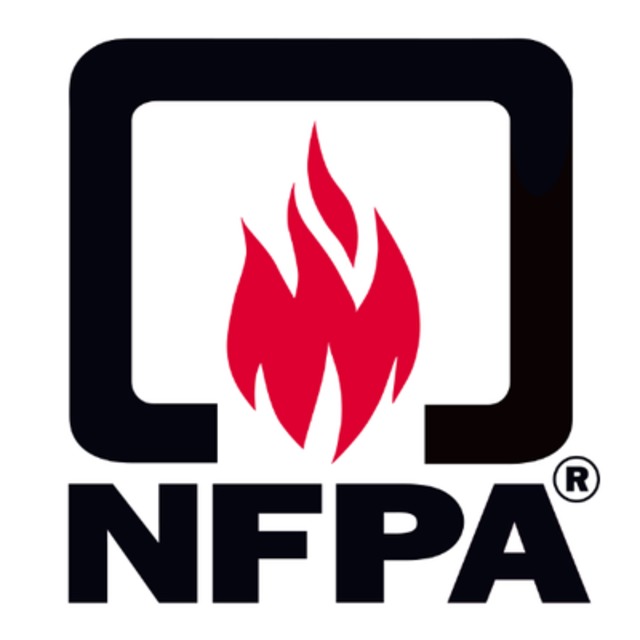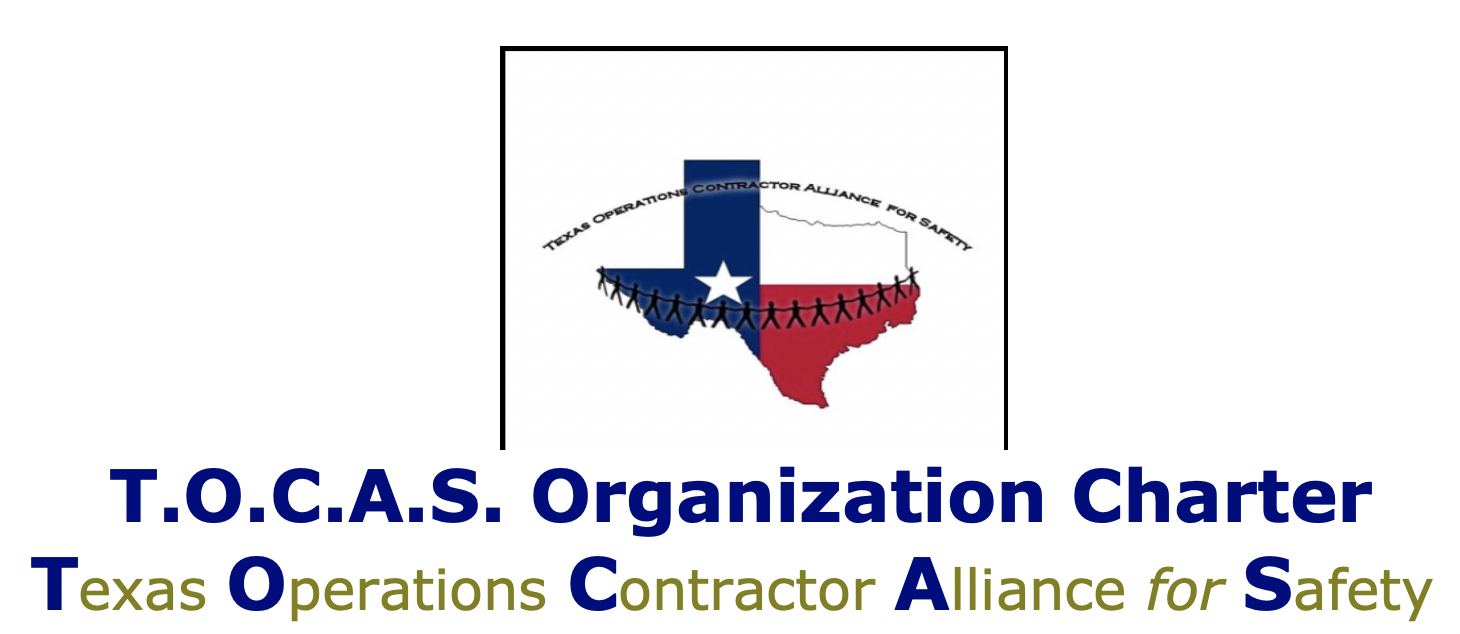"... an attitude of frustration or an internal state of distress can certainly influence driving behaviors, and vice versa. Indeed, internal (unobserved) personal states of mind continually influence observable behaviors, while changes in observable behaviors continually affect changes in person states or attitudes. Thus, it is possible to “think a person into safe behaviors” (through education, coaching, and consensus-building exercises), and it is possible to “act a person into safe thinking” (through behavior management techniques).
In an industrial setting, it is most cost effective to target behaviors first through behavior management interventions (described in this text) implemented by employees themselves. Small changes in behavior can result in attitude change, followed by more behavior change and more desired attitude change. This spiraling of behavior feeding attitude, attitude feeding behavior, behaviors feeding attitudes and so on can lead to employees becoming totally committed to safety achievement, as reflected in their daily behavior. And all of this could start with a relatively insignificant behavior change in one employee — a “small win.”
Source: The Psychology of Safety Handbook, Scott Geller, 2001
Safety Thought of the Week... Behavior influences attitude and attitude influences behavior
|
Partner Organizations I am proud to announce that The Chlorine Institute and SAFTENG have extended our"Partners in Safety" agreement for another year (2025) CI Members, send me an e-mail to request your FREE SAFTENG membership
Member Associations
|
